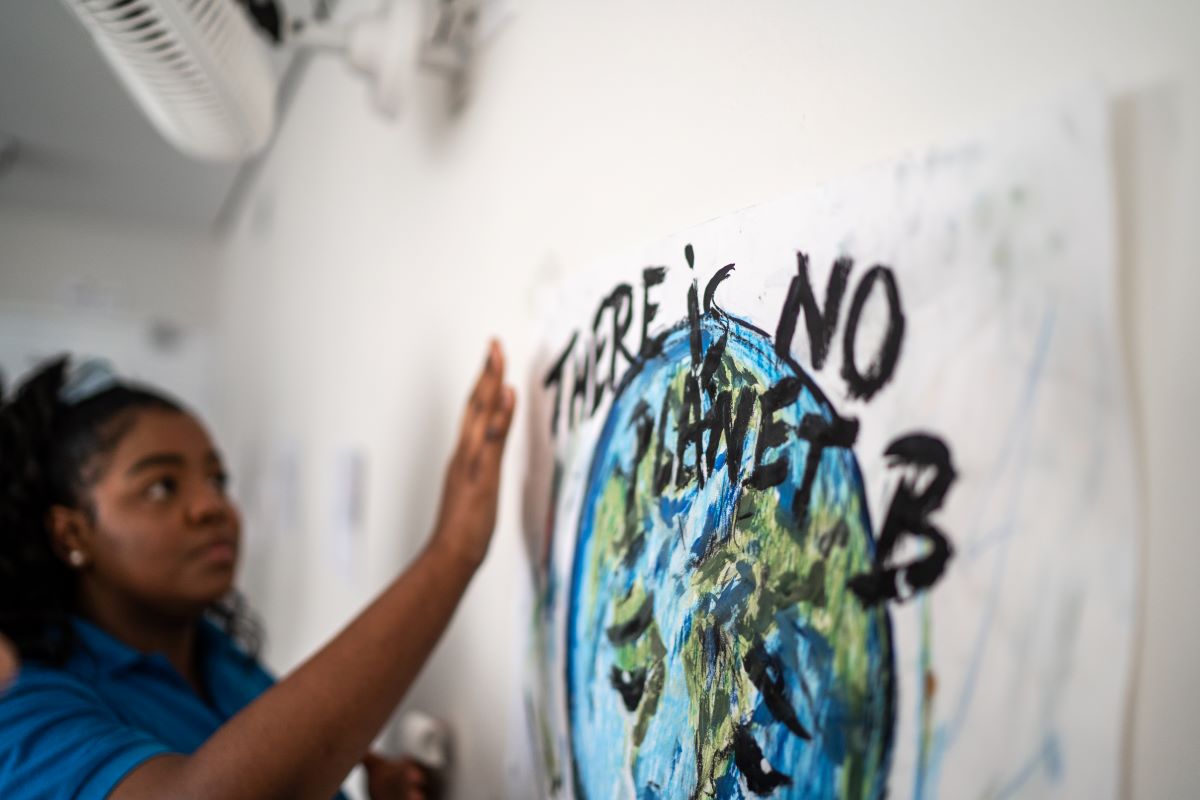Environmental Justice
Health equity cannot be achieved by medical care alone. Social and political factors greatly impact the health of communities, including the environments where they live, work, and play.

Many communities shoulder the undue burden of environmental injustices — pollution, natural disasters, infectious diseases, violence, and more. Effective interventions must be developed through diverse multisector partnerships and be reflected in policies and structures that can create real change.
Our Approach
As part of the our commitment to engage diverse perspectives and sectors, the AAMC Center for Health Justice convened the first cohort of the Multisector Partner Group, a team of leaders from in and outside health care and academic medicine, and identified environmental justice as one of the most pressing health equity issues facing people across the U.S. — and the newest focus area of the center. The center and Multisector Partner Group developed a working definition of environmental justice to guide the center’s program and research activity:
Communities made marginalized — particularly communities of color, Indigenous communities, people with disabilities, and low-income communities — are more likely to be exposed to and harmed by environmental hazards. These hazards can be chemical (e.g., pesticides, toxic waste, lead in paint), physical (e.g., floods, noise pollution, drought, injuries), biological (e.g., molds, allergies, epidemics) or psychosocial (e.g., stress, violence).1
This unjust exposure to environmental hazards gets in the way of the health and the long-term well-being of individuals and families living in these communities across both rural and urban settings — in every U.S. region, state, and local jurisdiction.
Environmental justice “embraces the principle that all people and communities have a right to equal protection and equal enforcement of environmental laws and regulations”2 and demands the meaningful involvement of all people in the development, implementation and enforcement of such laws and regulations. Environmental justice also requires “changing unjust structural conditions deeply ingrained in our built environment and social and economic systems.3”
In 2023 and beyond, the Center for Health Justice will launch programs, conduct research, and develop expertise to serve the health equity community working to address environmental injustice. Subscribe to the Center for Health Justice newsletter to receive updates on this and other initiatives and resources.

The History and Resilience of the Ramapough Lenape Nation
In this first story from Community Voices for Action, the Center's storytelling partnership initiative, members of the Ramapough Lenape Nation share their perspectives on community identity, environmental injustice, and health. Through photos, maps, and recordings, discover how the Ramapough Lenape Nation is working in partnership with the NYU Grossman School of Medicine to address environmental and health challenges.

Achieving Health Justice Through Environmental Justice
All communities, particularly those that have been historically marginalized, deserve equitable access to healthy environments.
Climate Change, Health Equity, and the Power of Community-Driven Partnerships
The National Academy of Medicine Climate Communities Network (of which the Center is a part) has featured the Center's work in a new story about the role of community engagement in environmental justice. Check it out!

Center for Health Justice Submits Environmental Justice Comments to the White House and NIH
Two comment letters shaped by AAMC CHARGE members' expertise recommend strategies for advancing environmental justice on the federal level.
Footnotes:
1 United States Environmental Protection Agency. Environmental Justice. Accessed Sept 2022.
2 Bullard R. About Environmental Justice. 2018. https://drrobertbullard.com.
3American Public Health Association. Addressing Environmental Justice to Achieve Health Equity. Nov 2019. https://uat.apha.org/policies-and-advocacy/public-health-policy-statements/policy- database/2020/01/14/addressing-environmental-justice-to-achieve-health-equity.


